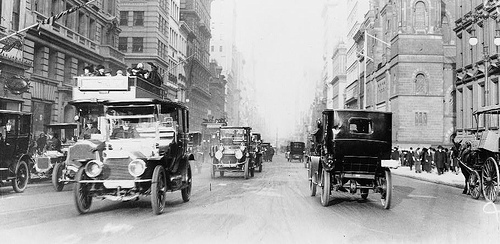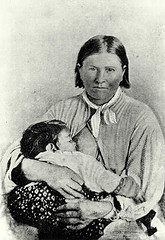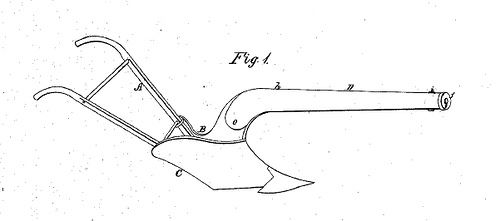
The lectures of 19th-century seer Andrew Jackson Davis weren’t well attended, but perhaps they should have been. His 1856 book Penetralia predicted both the automobile and the typewriter:
Look out about these days for carriages and travelling-saloons on country-roads–sans horses, sans steam, sans any visible motive-power–moving with greater speed and far more safety than at present. Carriages will be moved by a strange, and beautiful, and simple admixture of aqueous and atmospheric gases–so easily condensed, so simply ignited, and so imparted by a machine somewhat resembling our engines, as to be entirely concealed and manageable between the forward wheels. …
I am almost moved to invent an automatic psychographer; that is, an artificial soul-writer. It may be constructed something like a piano; one brace or scale of keys to represent the elementary sounds; another and lower tier, to represent a combination; and still another, for a rapid recombination; so that a person, instead of playing a piece of music, may touch off a sermon or a poem!




